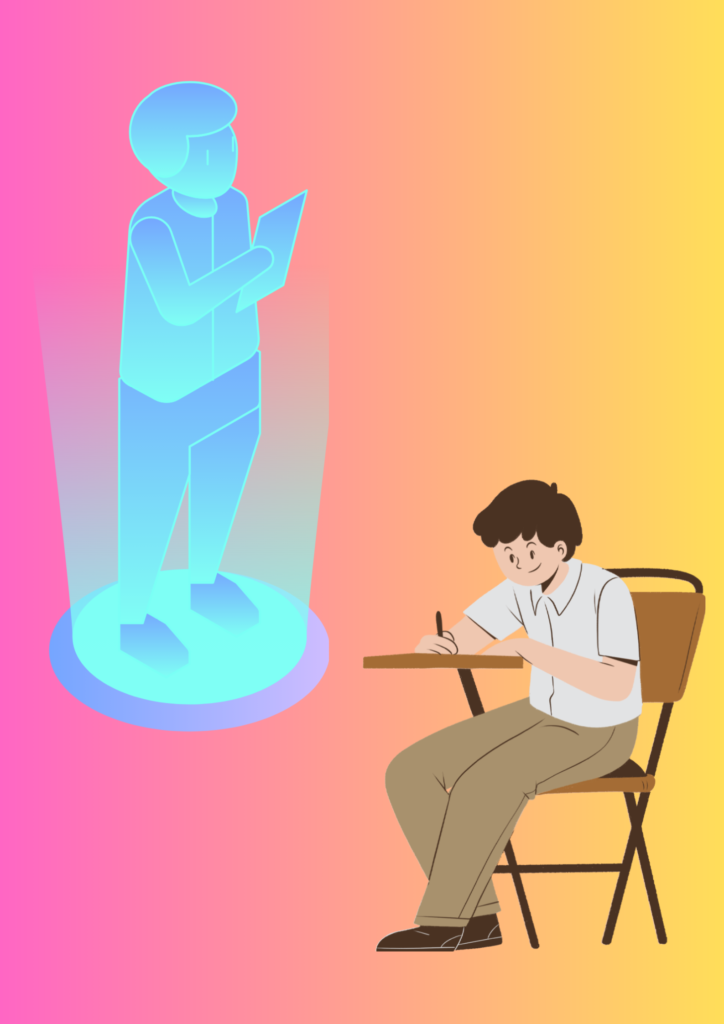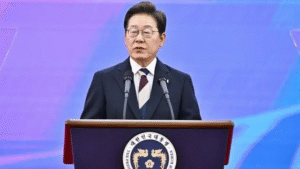The Comprehensive Impact of Virtual Reality on Education

Virtual reality (VR) technology is poised to fundamentally transform the educational landscape by offering immersive, interactive experiences that cater to a diverse range of learning styles. This innovative technology enables students to delve into real or fictional environments, thereby enhancing their comprehension, engagement, and retention of information. The potential of VR in education is vast, and its capacity to provide enriching, inclusive learning experiences is only beginning to be explored.
Immersive Learning
VR technology provides a sensory-rich, immersive experience that transcends traditional textbooks or videos. By allowing students to enter a virtual world, they can visualize complex concepts and explore intricate systems in an unprecedented manner. The depth of understanding that can be achieved through this form of learning is significant, as it allows students to interact with their environment in a more meaningful way. Furthermore, the retention of information is often superior in VR settings due to the heightened engagement and the multisensory nature of the experience.
Interactive Engagement
VR technology offers a unique advantage in terms of interactive learning experiences. These experiences can be tailored to meet the individual needs of each student, allowing them to manipulate objects, conduct experiments, and engage with virtual characters in a controlled environment. This hands-on approach fosters a higher level of engagement and motivation among students, ultimately leading to improved learning outcomes. The interactive nature of VR also supports the development of critical thinking and problem-solving skills, as students are encouraged to explore and learn from their virtual experiences.
Accessibility and Inclusion
VR technology has the potential to bridge gaps in education accessibility and inclusivity. By providing immersive experiences, it can offer opportunities for students who may be physically unable to participate in certain activities or for those who may be in remote locations. This ensures that all students have equal opportunities to learn and grow, regardless of their physical abilities or geographical location. Moreover, VR can help create a more inclusive learning environment by allowing students to explore different perspectives and cultures in a safe and controlled space.
As VR technology continues to evolve and gain traction in the educational sector, its potential to revolutionize learning and teaching methods is undeniable. By providing immersive, interactive, and accessible learning experiences, VR has the capacity to transform the way we learn and educate. The coming years promise to be an exciting time for educators and learners alike as we continue to explore the vast potential of this innovative technology.




















